


Shop Best Sellers & New Arrivals



Cart
Your cart is empty
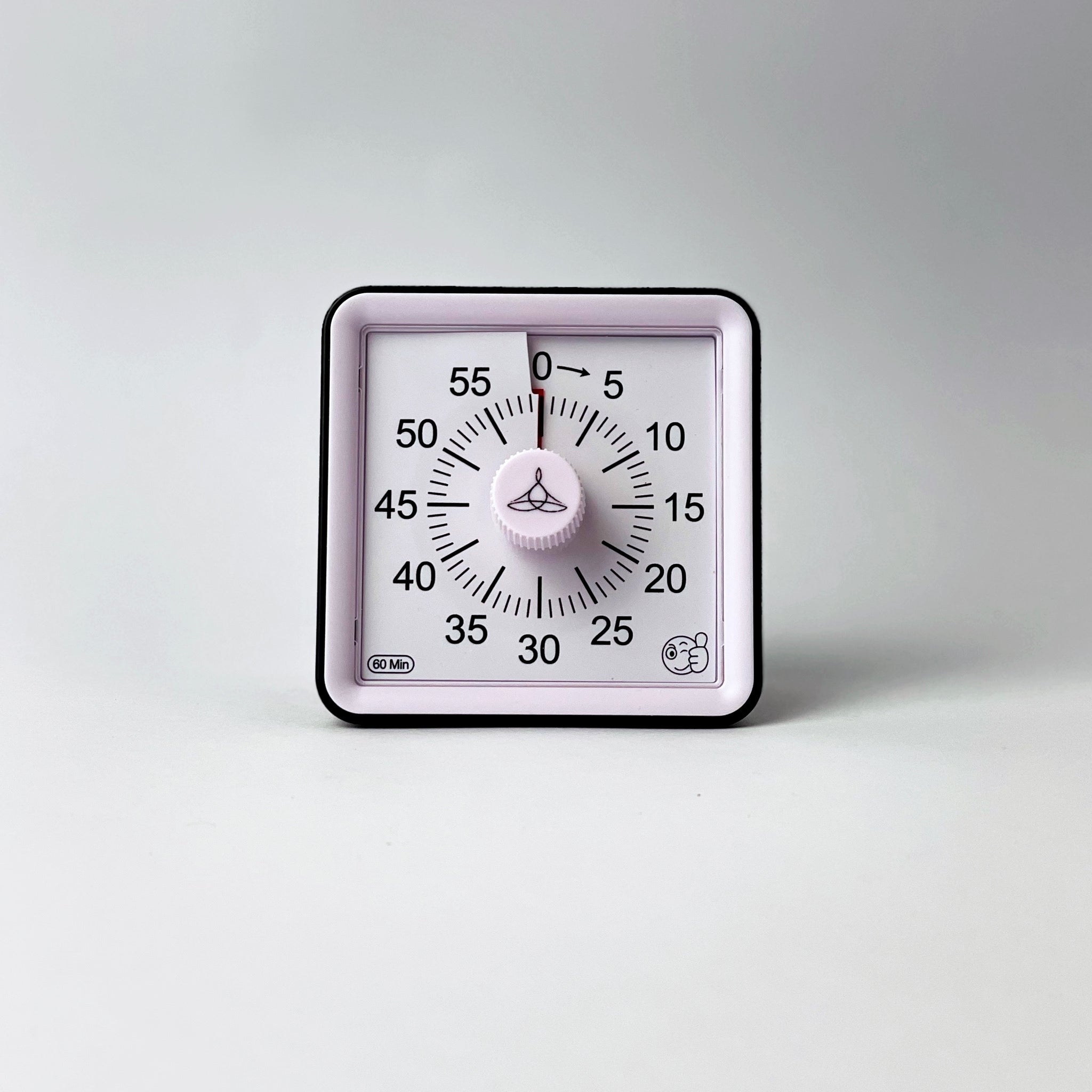
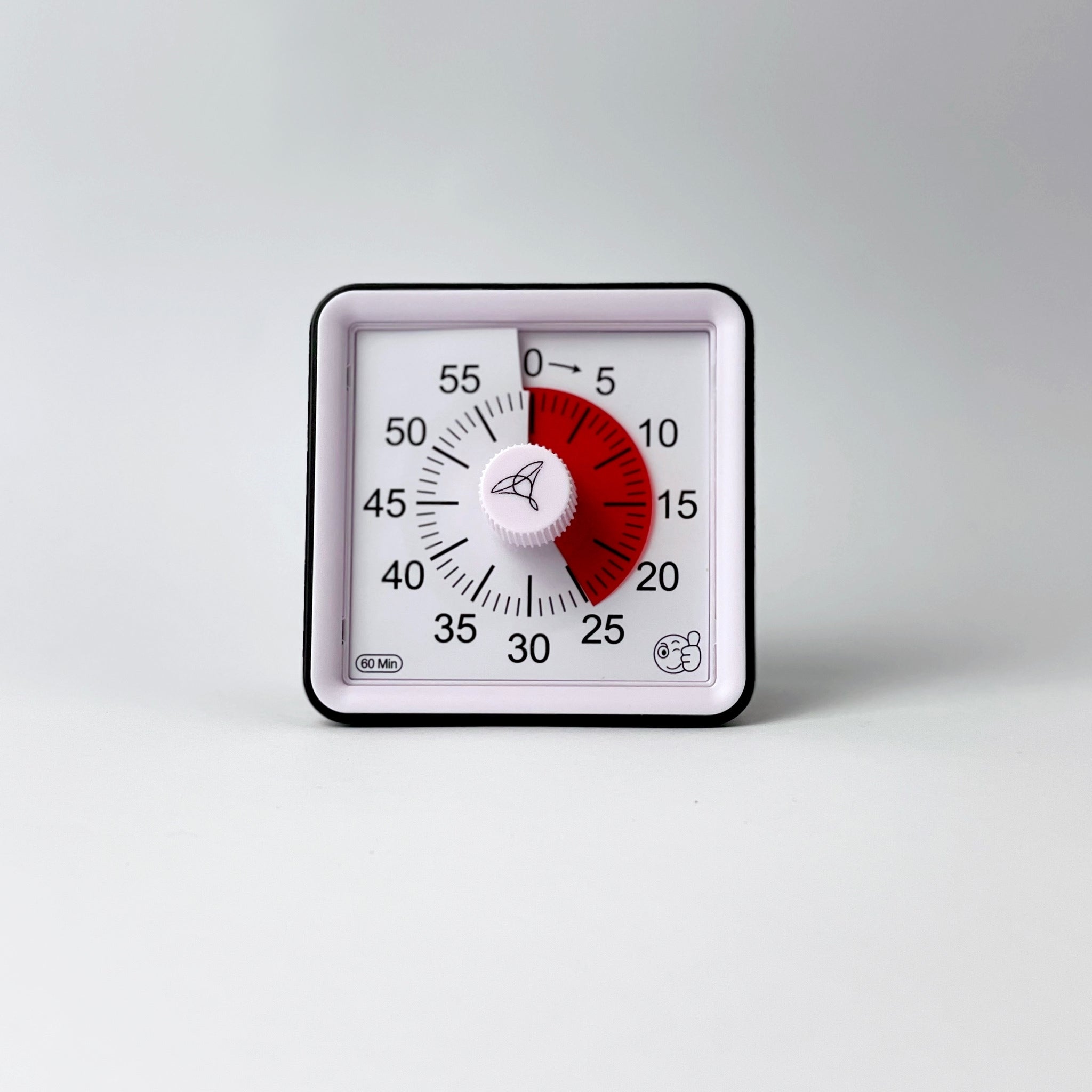
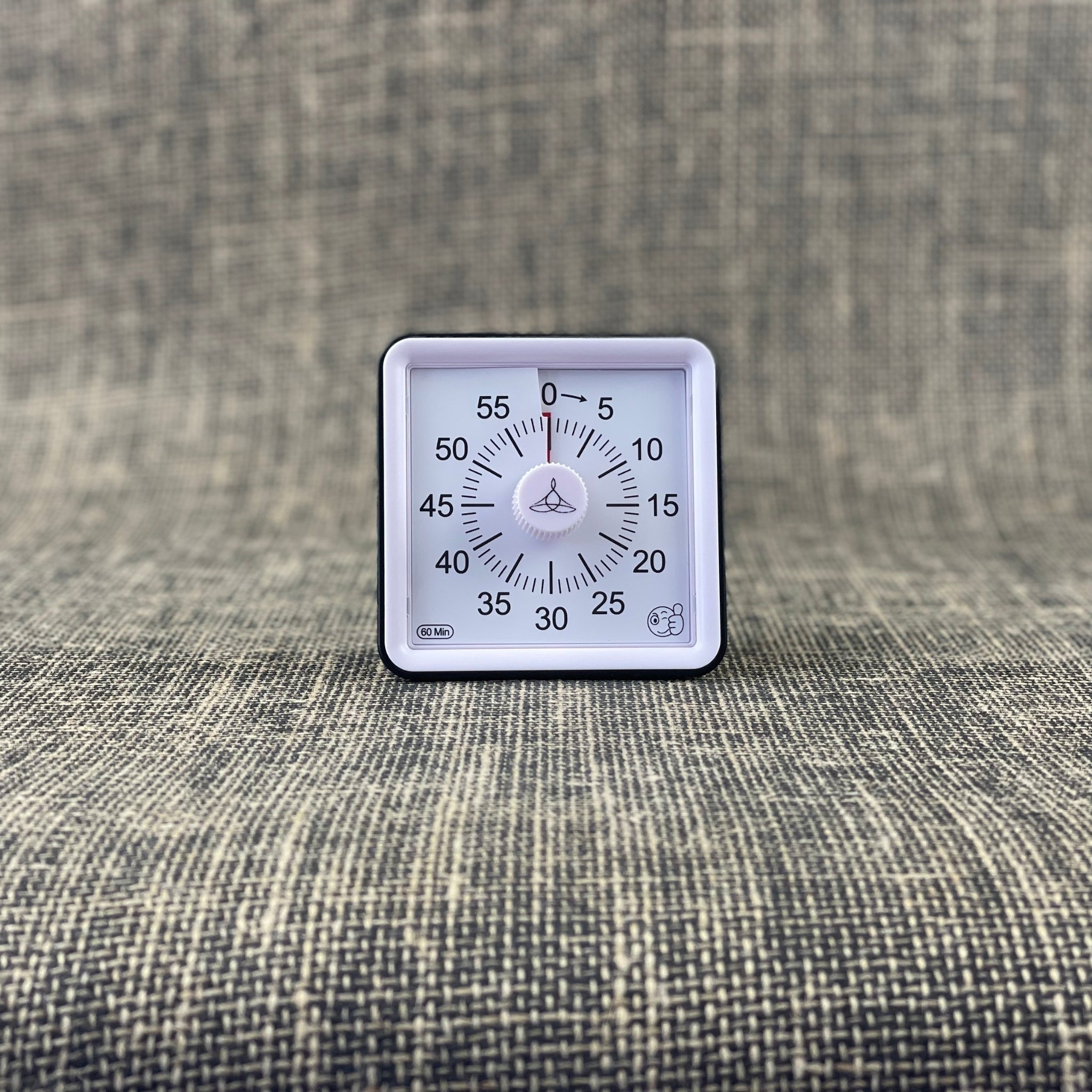
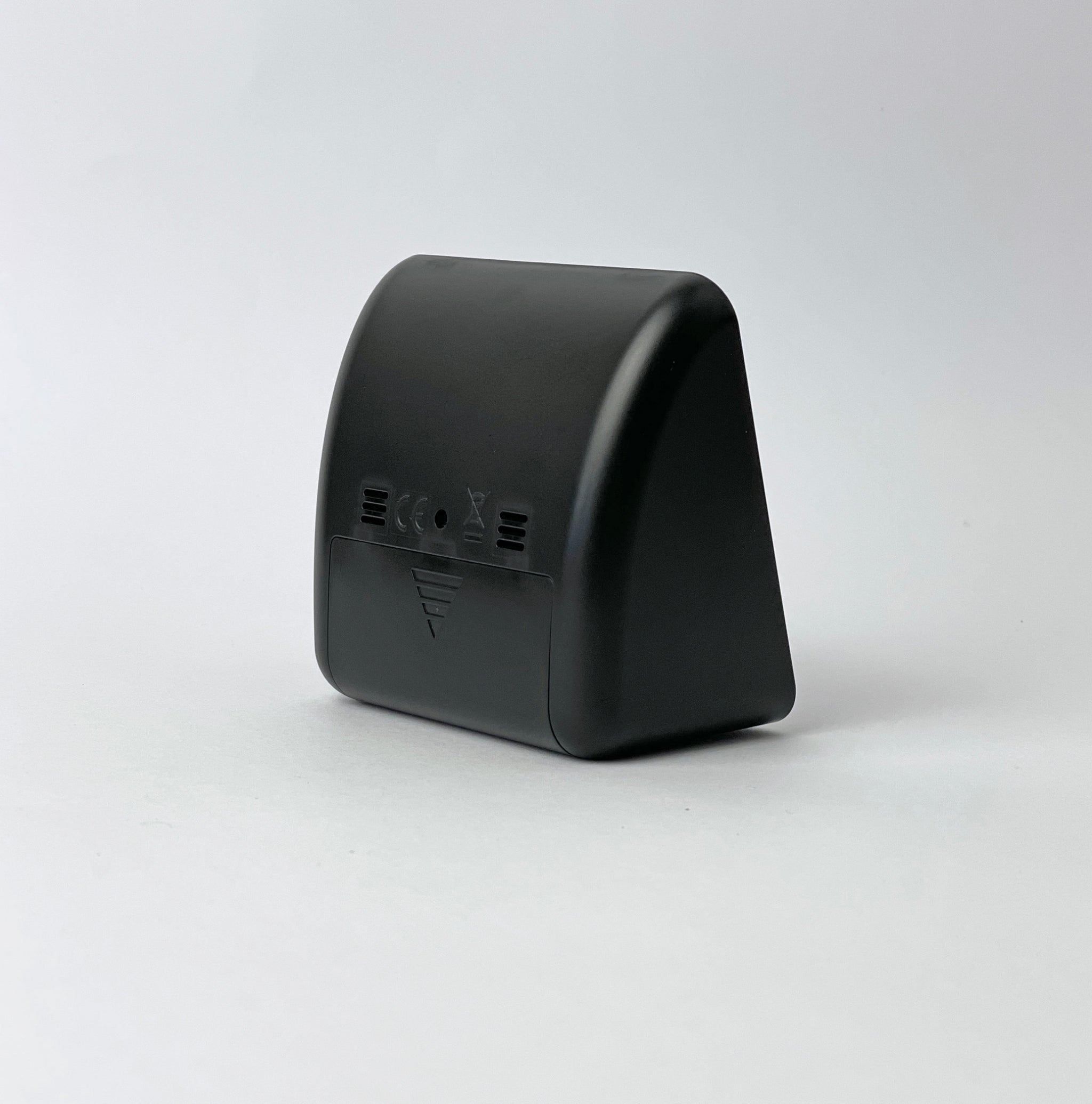
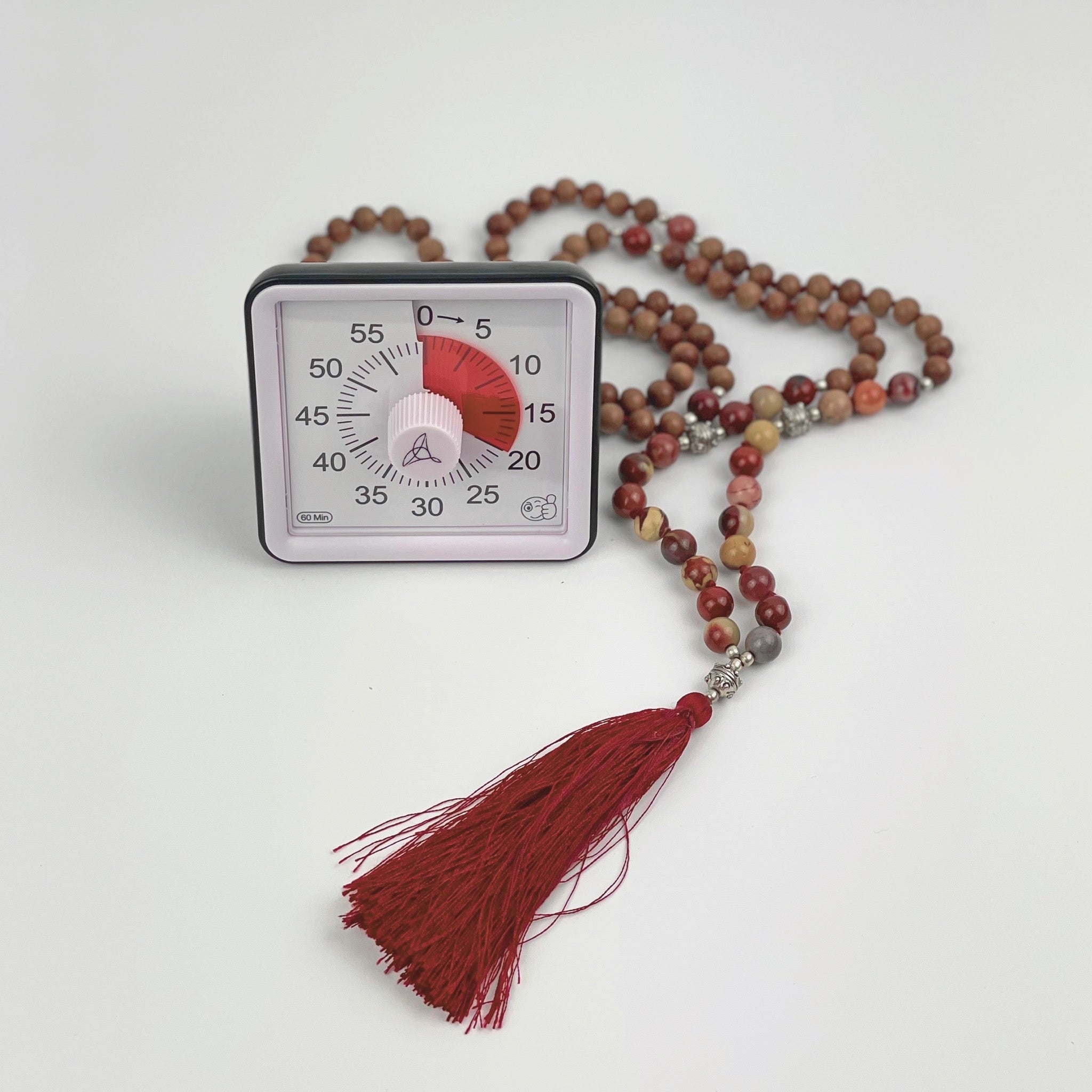
This is a wonderful tool to assist you in the office, study or for any activity that requires focus.
Research has shown that setting an allocated time to focus on a task without distractions can help to boost your productivity. What happens when we manage our time more effectively and just get through what needs to be done? Less stress.

Choose options





Whether you’re a student juggling assignments, professional managing deadlines, or an entrepreneur striving for success, optimizing your time is key. Amidst the myriad of productivity tools available, one often overlooked gem stands out: the productivity timer. Below we’ll explore the reasons why a productivity timer as part of your daily routine can reinvent your efficiency and supercharge your productivity.
Productivity timers are efficient systems developed for enhancing concentration, efficiency, and good management of time. Essentially, they serve as countdown timers that are usually set within a given timeframe whereby individuals concentrate on doing some work without interruption.
The use of productivity timers is premised on our understanding of human attention spans having limitations and the possibility of optimizing them by structured intervals of work followed by short breaks.
The Pomodoro technique is the most popular method of using a timer which Francesco Cirillo created in the late 1980s. This technique divides work into 25-minute slots “Pomodoros” each separated by a five-minute break period. A longer break typically lasting between 15 -30 minutes follows after four Pomodoros have been completed. The Pomodoro technique is highly customizable, permitting users to tweak interval lengths according to their personal tastes and work patterns.
Another variation of a productivity clock includes the 52-17 method wherein one has 52 minutes dedicated to concentrating on some things before taking 17 minutes off duty while adhering to natural ultradian rhythm within brain cycles called 90 minutes working cycle unit among others.
Timers for productivity can be implemented through various tools like time apps, web-based timers, and even the usual kitchen timers. Also, some productivity applications and software provide integrated timer features that allow users to incorporate them into their digital workflow seamlessly.
The main advantage of a productivity timer is that it can bring order to your work sessions. When you specify the time for an assignment and pledge to work on it without interruption, you create a focused atmosphere in which it becomes possible to be very productive. And the ticking counting down reminds you not to wander off course or let other distractions steal your time away from doing what’s important.
Procrastination is the biggest enemy of productivity that affects people from all walks of life and at any age. Nevertheless, this widespread problem may be solved by using a productivity timer as a remedy for procrastination. Subdividing your project into smaller units and allocating specific times to each task enables you to overcome feelings of inertia common with daunting tasks. The knowledge that there are limited minutes left until completion can be quite an incentive toward better speed and avoidance of procrastination.
Productivity is hinged on effective time management. However, many people fail in their attempt to prioritise their activities leaving them overwhelmed and inefficient. In essence, productivity timers are palpable tools for effective time management. It means setting aside defined periods for various activities and then sticking to those particular periods as strictly as possible. These methods can help tell where most of your time goes while pointing out areas where improvements could be made toward achieving set goals through proper planning. Eventually, this practice leads to increased efficiency in managing time leading to higher output rates yet reduced pressure.
Have there been moments when you are halfway through something only for you to lose track? Task switching or context switching is a very common phenomenon that greatly affects the level of one’s productivity. This issue is mitigated when using productivity timers because they encourage you not to multitask within designated intervals but only focus on one task before moving to another task within the same interval. Removing any possibility of working on more than one project simultaneously or randomly changing from one project to another will allow complete concentration throughout any particular period dedicated exclusively to productivity.
The issue of burnout has become very common in today's world and it affects people from all walks of life. Working to exhaustion in the name of productivity is not only unsustainable but also unfavorable to long-term success. This can be solved using productivity timers that are interspersed with breaks meant for rejuvenation. An example of this could be the Pomodoro technique which recommends 25 minutes of intense concentration followed by a 5-minute break. This recurrent sequence keeps off stress since an individual will have some time to rest and gather strength before embarking on their duties.
Working without structure or timeframe makes it easy for distractions and procrastination to crop up. Nonetheless, when you employ a productivity timer in your daily routine then some level of responsibility is brought into your work plan. The sense of urgency that comes with having limited time to get things done encourages you to keep off from any other task at hand. Furthermore, with respect to team or collaborative settings, productivity timers may serve as a shared accountability measure that keeps everyone focused and responsible for their contributions.
One of the most overlooked things about making use of productivity timers is that they can help you monitor your progress and celebrate your achievements. By splitting up work into smaller, more manageable parts and giving each task a time frame, you can easily see how much you have done within a certain period. This helps to understand how productive you are and gives impetus as there are results seen over time. In addition, finishing every timed interval creates the feeling of achievement which further strengthens good habits and keeps momentum going on.
The Rest and Digest Timer is an amazing tool at your disposal for use in the office, during studies, or any other undertaking requiring concentration. Research has shown that allocating specific, distraction-free time blocks for tasks can significantly boost productivity. By managing your time more effectively and systematically addressing what needs to be done, you not only enhance your efficiency but also reduce stress. The Rest and Digest Timer’s patterned intervals of work and rest promote optimal mental and physical health thus sustaining a high level of energy throughout the day.
Incorporating productivity timers into your workflow is a straightforward process that begins with identifying your goals, priorities, and preferred working style. Follow these steps to seamlessly integrate productivity timers into your daily routine:
Select Method: Start by selecting a method of productivity timer that is best suited to your preferences alongside your workflow. Depending on what works well with you and your goals: you could choose the Pomodoro Technique, 52-17 method, or any other form of technique.
Set Interval Lengths: Personalise intervals depending on your tasks involved as well as your attention span. You may set different interval lengths like maybe 25 minutes for focused work sessions or 5 minutes short breaks among others until optimally adjusted to improve self-image without sacrificing productivity.
Choose Tools: Choose tools through which you will enforce a timer on yourself. Some may select special timer apps while others still find electronic timers simpler or even traditional kitchen alarms at home.
Allocate Time Blocks: Identify what are your most important tasks. Then allocate specific periods within your working hours when they should be addressed. Set a productivity timer for each time block, ensuring that you have a clear focus and sense of urgency during each session.
Minimise Distraction: When using productivity timers, there should be no interruption from others. Turn off notifications, close unnecessary tabs or applications, and communicate boundaries with colleagues or family members when it comes to minimizing distractions during this time.
Take Breaks: Keep up with scheduled breaks to relax doing nothing much but resting. Get out of your office and stretch your body, drink some water, or do anything else that makes you feel good. Reflecting on the progress made, celebrating objectives achieved, and creating plans for future activities can be done during longer breaks.
Stay Consistent: Form a habit of using productivity timers daily by incorporating them into your daily schedule at times when you are most awake and efficient. This means including productivity timers in your everyday schedule consistently.
Evaluate and Adjust: Evaluate your routine regularly to pinpoint any areas that need improvement. Sometimes, depending on personal experience with it plus keeping watch over your own churning out levels as well as feedback from colleagues regarding performance, you may need to adjust interval lengths, break durations, or techniques.
From offering organization and concentration to dealing with indolence and tiredness, our productivity timers have several advantages that can alter the way you perform your tasks. It doesn’t matter whether you are an entrepreneur, student, or professional, adopting this strategy will go a long way in helping you reach your greatest heights. So why wait? Try it out yourself and feel how productive timers can change your life.